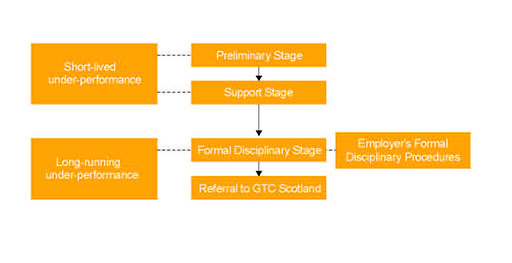3.8.2 Performance evaluation and appraisal
It is good practice for teachers – as for all employees – to undergo regular appraisal to evaluate their performance and inform their professional development. Appraisals can also be used to measure individual teachers’ progress against their professional development plan: indeed, appraisals and feedback should be closely tied with CPD (OECD, 2013c; also see Section 3.2 above). As noted above, appraisals or performance-based assessments are likely to be based on standards frameworks. Teacher appraisal should be formative; focusing on improving professional practice; linked to school-wide evaluation, strategy and goals; and based on holistic criteria, including specific aspects of the school context.
The objectives of appraisals should be clear and shared by all concerned; in particular, appraisals should be transparent, equitable and fair, and should balance the need for improvement with positive feedback. Moreover, whether the appraisal is being used for accountability or improvement – or possibly both – should be made clear. However, combining the two functions poses risks, as it can lead to teachers hiding their weaknesses, rather than using the appraisal as an opportunity to discuss strategies for overcoming them.
Performance evaluation and appraisal is tied to assessing teacher under/poor performance. For poor performance related to curriculum instruction, the same principles pertaining to performance evaluation – namely, fairness and transparency – apply. However, the legal route to performance evaluation should be used as a last measure. Good performance evaluation measures, rooted in a culture of continuous improvement and reflective practice should identify teaching weakness at an early stage and put in place measures for improvement. Only when such measures fail should more formal procedures to remove under performing teachers be taken.
The General Teaching Council of Scotland Framework (2012), which features support for under-performing teachers as a key component of an improvement strategy, provides a useful summary of dealing with under-performance (Figure 3.2).(PDF) [Tip: hold Ctrl and click a link to open it in a new tab. (Hide tip)]

3.8 Teacher accountability
